
The Supreme Court made its decision in SLP (Crl.) Nos. 8656–8657 of 2019 and Criminal Appeal No. 2289 of 2025 on April 29, 2025. The case started when Mukhjit Singh was shot and killed in what police say was a gunfight in Verka, Amritsar, on June 16, 2015. Families and civic society have been questioning the official story for a long time.
The Supreme Court’s decision deals with difficult issues including criminal process, official immunity, and the limits of judicial review in cases that are in the public interest.
Factual Matrix
A police team stopped a white Hyundai i20 near the NRC Rubber Factory on Verka-Batala Road on the night of June 16, 2015. Nine cops in plain clothing got out of three cars and, according to eyewitnesses, including the complaint Princepal Singh, opened fire at close range, killing the driver, Mukhjit Singh.
The cops initially filed a FIR saying that they were acting in self-defense against a known thug. There were a lot of demonstrations after it. Later, a Special Investigation Team deemed the claim of self-defense to be baseless and suggested that the person be charged with culpable murder.
Subsequently, the complainant lodged Criminal Complaint No. 112 of 2016 against nine subordinate officers under Sections 302, 341, 148, and 149 IPC and the Deputy Commissioner of Police under Section 201 IPC of allegedly destructing evidence.
High Court Proceedings
The 9 lower level officials approached the Punjab and Haryana High Court challenging the complaint. They wanted the FIR to be thrown out, the summons to be dropped, and the charge-framing to be set aside.
At the same time, the DCP tried to have the case against him dropped, saying that Section 197 CrPC needed to be followed for an offense that happened while he was on duty.
The High Court turned down the nine officers’ requests on May 20, 2019, and affirmed the summons and drafting of charges. But it let the DCP’s plea go through, saying that Section 197 protected him from being charged without the government’s permission.
Special leave petitions by police officers
The lesser officials approached the Supreme Court through Special Leave Petitions. According to them, the magistrate ought to have stayed the case under Section 210 CrPC as police was still investigating FIR No. 242 of 2015.
They also said that the Court didn’t have the power to consider the complaint while the police investigation was still going on. Lastly, they said that all police were protected by Section 197 since the shootings happened while they were on duty.
An analysis of Section 197 and official immunity
The petitioners said that for Section 197’s protection to apply, any crime committed by a public official must be directly related to their job. They said that the shot was part of their job as police.
The Supreme Court turned down these arguments, saying that shooting at a civilian car that isn’t armed can’t properly be seen as an exercise of authorized official duty. It said that actions that are completely outside of the color of authority, such a coordinated close-range shooting, are not covered by Section 197 and do not need to be approved beforehand.
The Supreme Court’s Findings on Summons and Charges
The Supreme Court looked at the preliminary investigation, which included depositions under Section 200 CrPC and SIT findings. It agreed with the magistrate’s decision to call the nine officers under Sections 302, 341, 148, and 149 IPC.
It said that at the beginning of a case, courts should not look at evidence in such great detail, but just see whether there is a prima facie case.
There was enough evidence to support the summons and charges since there were eyewitnesses, the SIT report said the self-defense claim was false, and CCTV video showed police cars converging on the i20.
Reopening of Cases Against the DCP
The Supreme Court looked at Princepal Singh’s appeal against the High Court’s decision to throw out the case against the DCP. They decided that instructions to take away the Hyundai’s license plates, if proven, could not be seen as part of real police work. So, it said that Section 197 did not apply and that permission was not needed.
The Court threw out the High Court’s ruling because it had thrown out allegations against the DCP. This meant that the prosecution against him for destroying evidence under Section 201 IPC may go forward.
Importance of the Decision
This decision makes it clear what the boundaries of official immunity are under Section 197 CrPC. It says that serious accusations of extrajudicial murders and other wrongdoing cannot be protected by weak connections to duty.
It also supports the idea that the first step in a criminal case is just to see whether there is a prima facie offense. The judgment shows that judges are committed to due process and holding police enforcement accountable in situations involving them.
The Supreme Court upheld the summons against nine police officers and restarted the case against their senior officer.
This was a fair balance between protecting officials who are operating in good faith and holding them responsible when they go beyond their legal powers.
The ruling sets a standard for making sure that claims of serious human rights abuses by government officials are fully investigated by the courts, without being held down by too broad definitions of official responsibility.
For any queries or to publish an article or post on our platform, please email us at contact@legalmaestros.com.
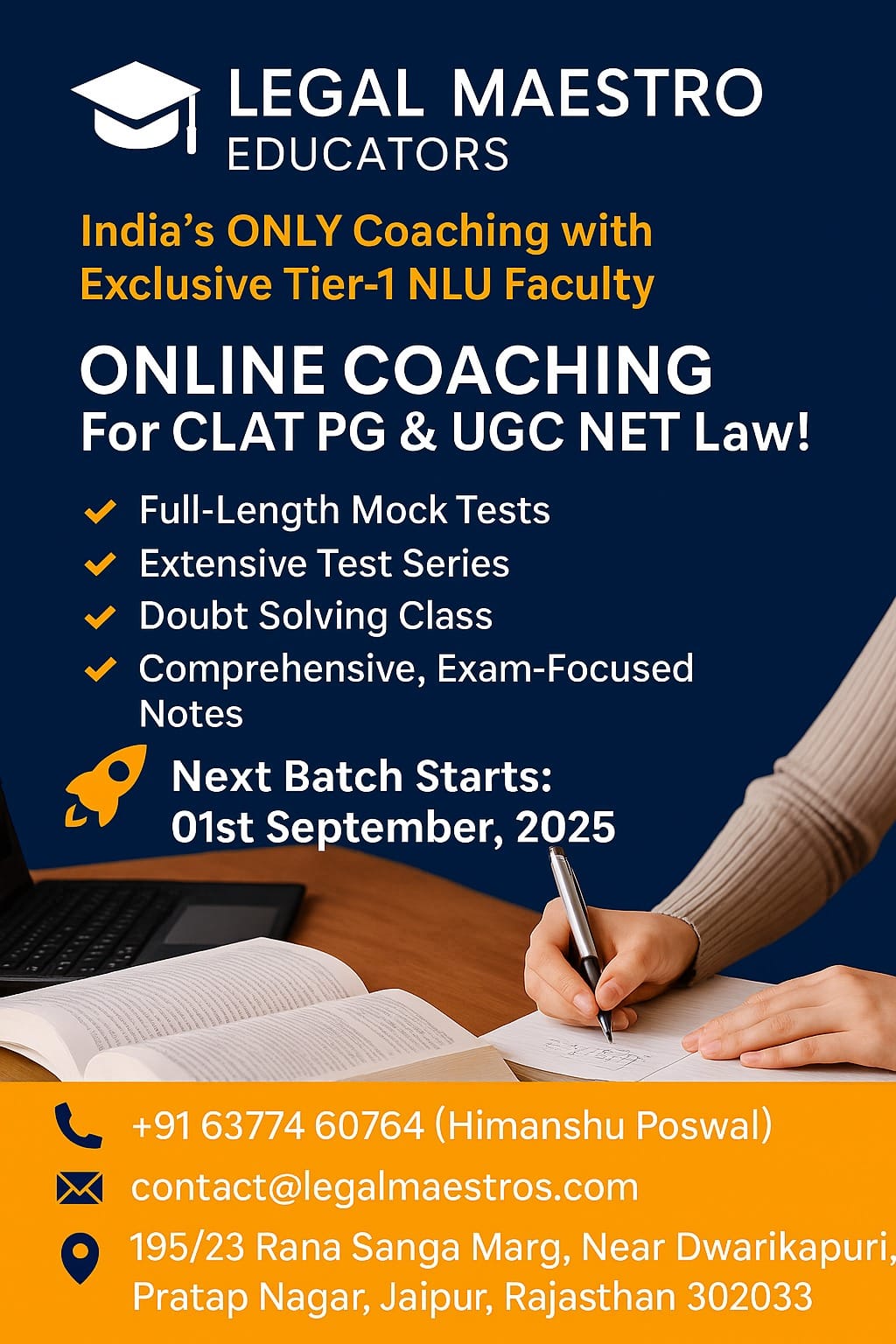


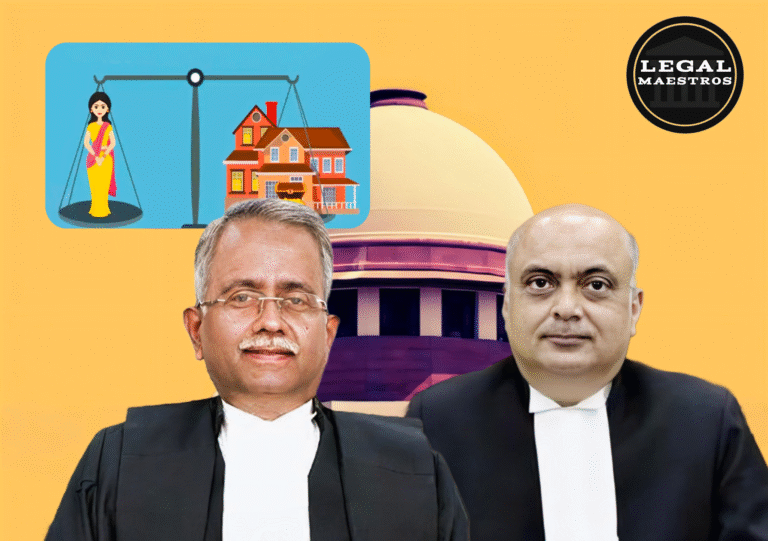

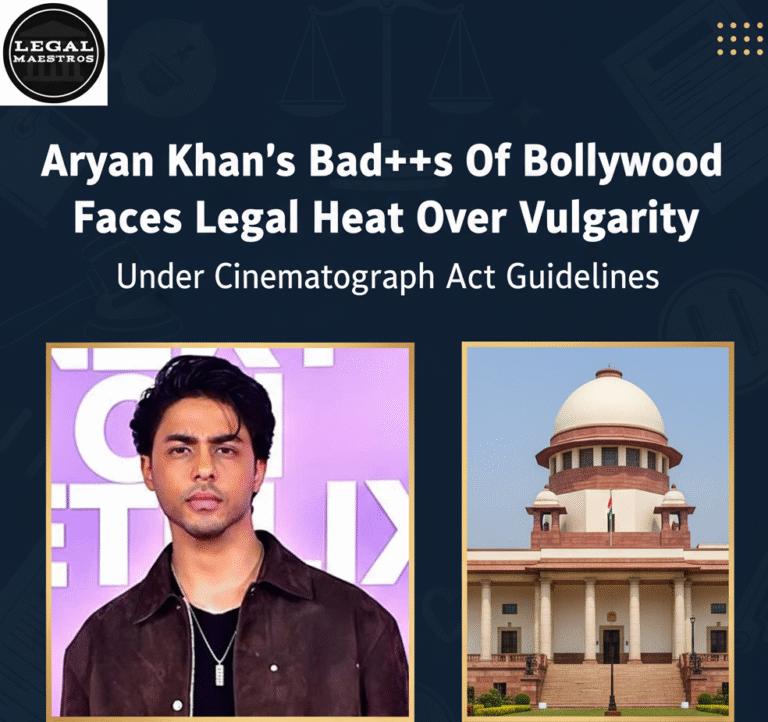
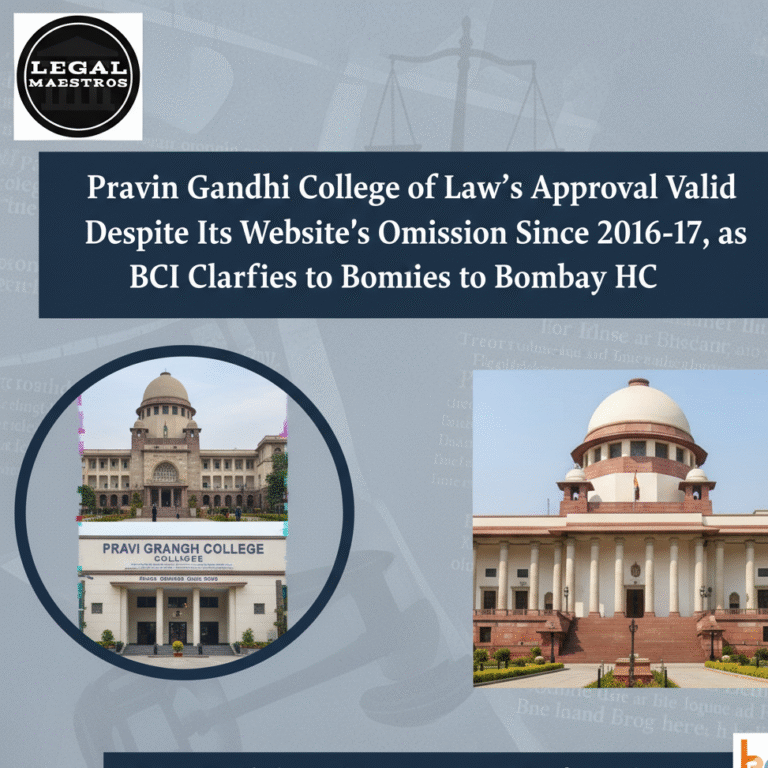
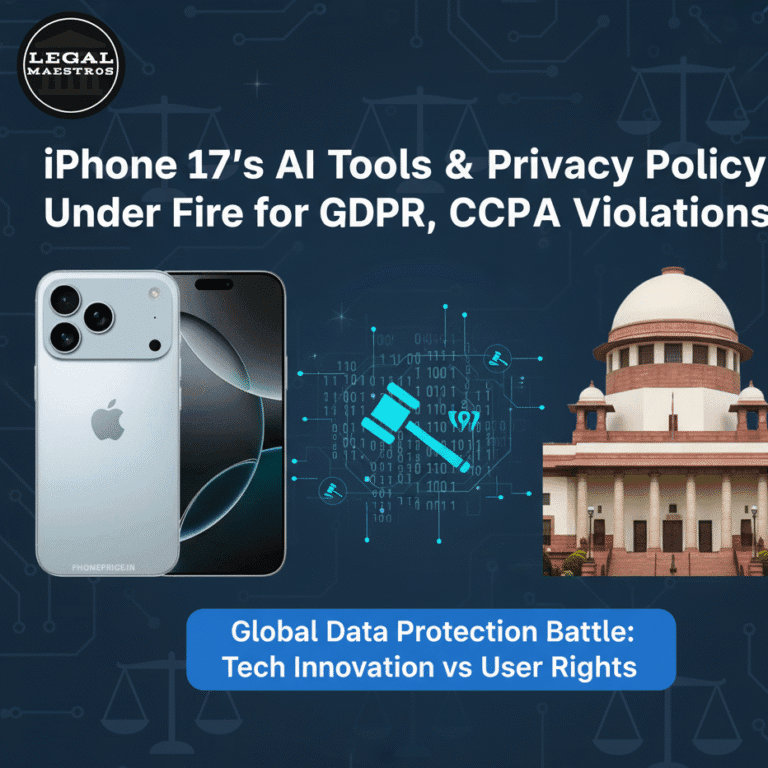
1 thought on “Supreme Court Rules: Killing Civilians with Official Guns in Plain Clothes by Police is Illegal”